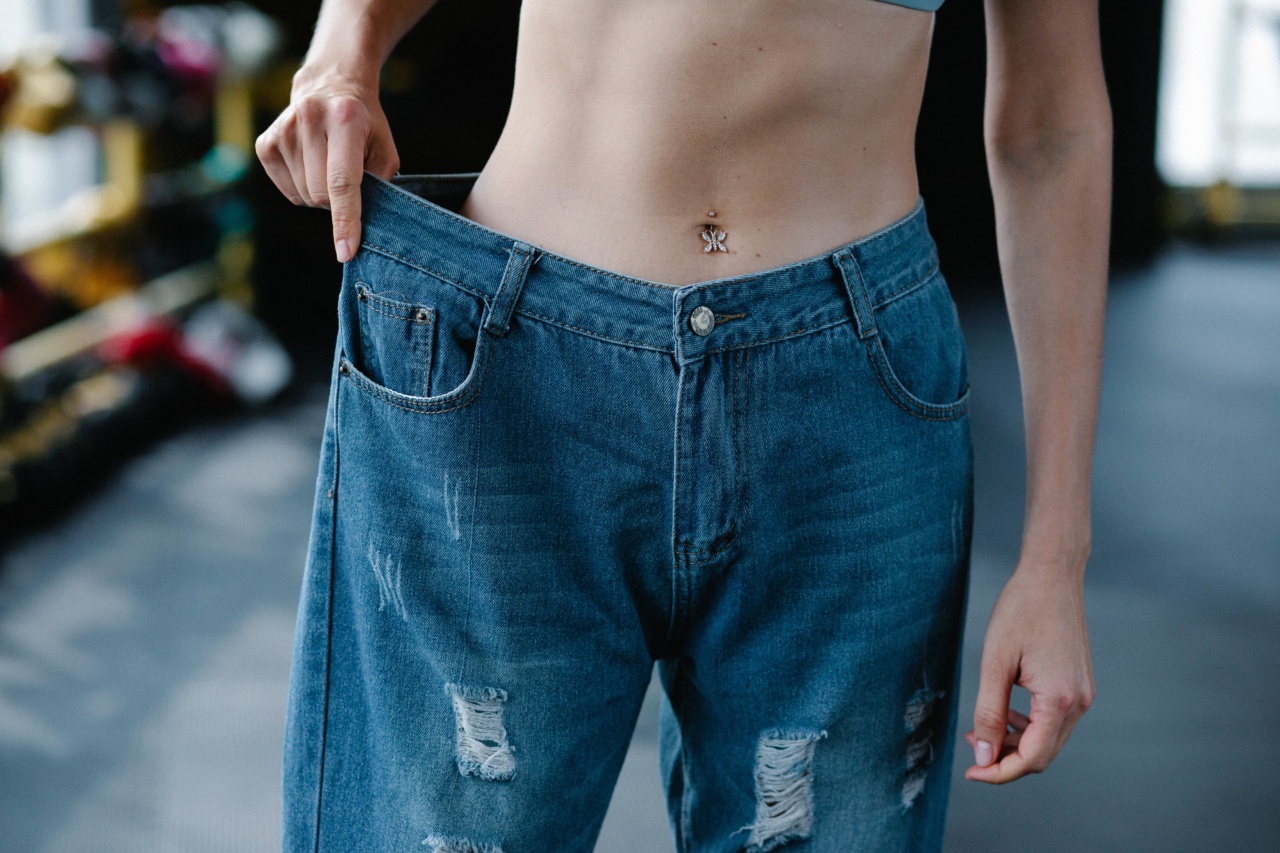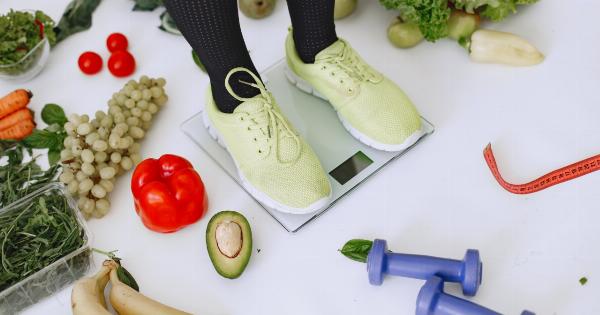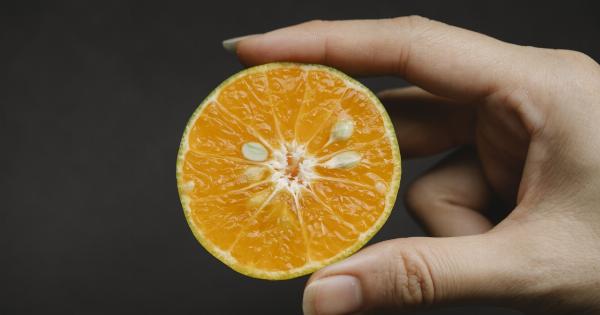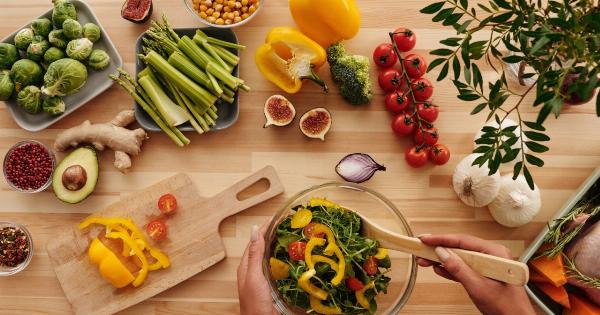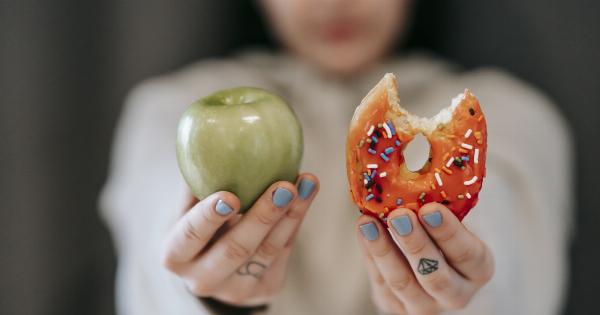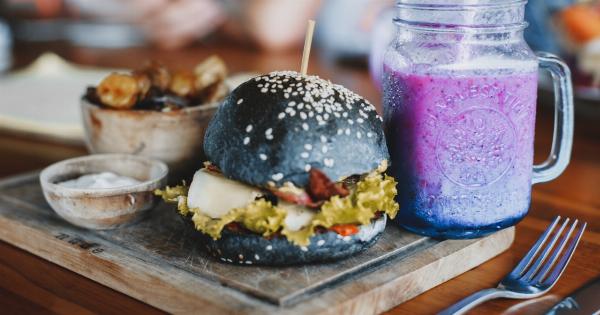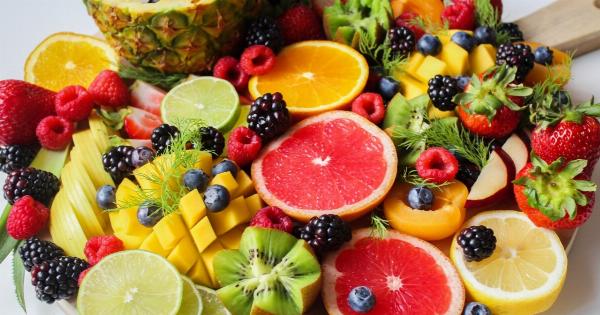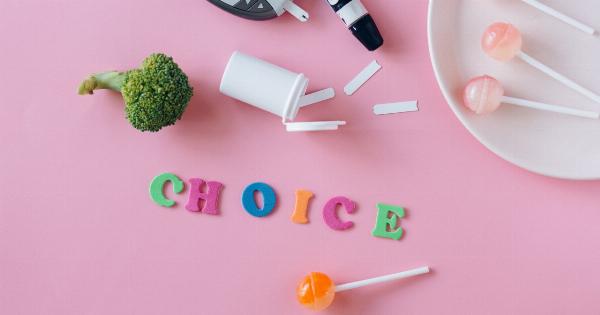Easter is a time of joy and celebration, but it can also be a challenging time for those who are watching their weight. With all the delicious Easter treats and meals, it can be tough to stick to a healthy eating plan.
But fear not! Here are 30 easy ways to help you lose the Easter buckwheat weight.
1. Plan Ahead
If you know you are going to be surrounded by tempting treats, make a plan in advance. Decide how many treats you will allow yourself and stick to it. It’s much easier to resist temptation when you have a plan.
2. Drink Water
Drinking water before meals can make you feel fuller, which can help you eat less. Plus, drinking water throughout the day can help you stay hydrated and energized.
3. Eat More Fiber
Fiber is important for digestion and can help you feel full longer. Eat plenty of fruits, vegetables, and whole grains to increase your fiber intake.
4. Choose Healthy Snacks
Snacking can be a great way to keep your energy levels up throughout the day, but make sure you choose healthy options. Choose snacks that are low in calories and high in protein and fiber, like nuts or Greek yogurt.
5. Use Smaller Plates
Using smaller plates can trick your brain into thinking you are eating more food than you actually are. This can help you eat less overall.
6. Limit Alcohol
Alcohol is high in calories and can lower your inhibitions, making it more difficult to stick to a healthy eating plan. Limit your alcohol intake to one or two drinks per day.
7. Eat Mindfully
When you eat, focus on the food and take the time to savor each bite. This can help you feel more satisfied with less food.
8. Get Plenty of Sleep
Getting enough sleep is important for your overall health and can also help you maintain a healthy weight. When you are well-rested, you are less likely to reach for sugary or high-fat foods to gain energy.
9. Stay Active
Stay active throughout the day to burn calories and boost your metabolism. Take a walk after meals, take the stairs instead of the elevator, or try a new workout class.
10. Choose Lean Proteins
Protein is important for building and repairing muscle, but it can also help you feel full and satisfied. Choose lean proteins like chicken, fish, and beans.
11. Use Herbs and Spices
Instead of relying on salt and butter for flavor, try using herbs and spices to add flavor to your meals. This can help you cut back on calories without sacrificing taste.
12. Be Prepared
When you are on the go, it can be tempting to grab unhealthy snacks and meals. Be prepared by packing healthy snacks like fruits, vegetables, and nuts, and plan to eat at restaurants with healthy options.
13. Keep a Food Journal
Keeping a journal of what you eat can help you stay accountable and aware of your food choices. This can help you make healthier choices in the future.
14. Know Your Triggers
Identify the situations and emotions that trigger unhealthy eating habits. Knowing your triggers can help you avoid them and make healthier choices.
15. Don’t Skip Meals
Skipping meals can lead to overeating later in the day. Make sure to eat regular meals and snacks to keep your energy levels up and avoid overindulging later.
16. Eat More Vegetables
Vegetables are low in calories and high in nutrients. Eating more vegetables can help you fill up without consuming too many calories.
17. Avoid Processed Foods
Processed foods are often high in calories, sugar, and unhealthy fats. Avoid processed foods and opt for whole, natural foods instead.
18. Use Smaller Utensils
Using smaller utensils, like a smaller spoon or fork, can help you eat more slowly and mindfully. This can help you feel more satisfied with less food.
19. Use Meal Prep
Meal prep can help you stay on track with healthy eating by ensuring you have healthy meals and snacks on hand throughout the week. Take some time on the weekends to prepare meals for the week ahead.
20. Choose Grilled or Baked Foods
Fried foods can be high in unhealthy fats and calories. Choose grilled or baked foods instead to reduce your calorie intake.
21. Eat More Protein for Breakfast
Eating a breakfast high in protein can help you feel full throughout the morning. Try eggs, turkey sausage, or Greek yogurt for a high-protein breakfast.
22. Don’t Keep Junk Food in the House
If you don’t have junk food in the house, you won’t be tempted to eat it. Keep healthy snacks on hand instead.
23. Snack on Fruit
Instead of reaching for candy or other unhealthy snacks, snack on fruit. Fruit is high in fiber and nutrients and can help satisfy your sweet tooth.
24. Use a Food Scale
Using a food scale can help you accurately measure your portions and avoid overeating.
25. Choose Brown Rice Over White Rice
Brown rice is higher in fiber and nutrients than white rice, making it a healthier choice.
26. Choose Whole Grain Bread
Whole grain bread is higher in fiber and nutrients than white bread. Choose whole grain bread for sandwiches and toast.
27. Don’t Keep Tempting Treats at Your Desk
If you keep tempting treats, like candy or cookies, at your desk, you are more likely to mindlessly snack on them throughout the day. Keep healthy snacks instead.
28. Use a Food Diary App
A food diary app can help you track your food intake and make healthier choices. Try MyFitnessPal or LoseIt.
29. Eat Slowly
Eating slowly can help you feel more satisfied with less food. Take the time to savor each bite and enjoy your meals.
30. Don’t Deprive Yourself
Depriving yourself of all treats and indulgences can lead to overeating and bingeing. Allow yourself to enjoy your favorite treats in moderation.
